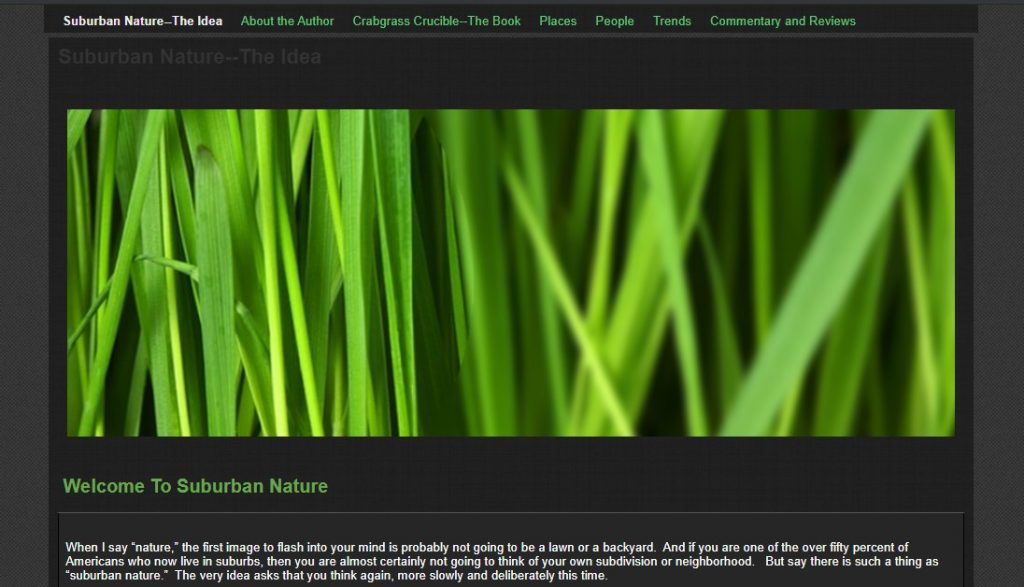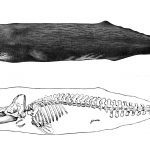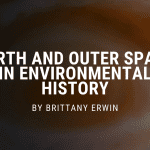
On Monday November 23, the Institute for Historical Studies will host a workshop centered around a paper by Dr. Christopher Sellers entitled “From Smog to Climate Change?: The Precarious Precedents for Curbing Greenhouse Gases in the U.S. and Mexico” at noon Central Time. Dr. Sellers is Professor of History at Stony Brook University and a 2020-2021 Residential Fellow at the IHS. His research concentrates on the history of environment and health, of cities and industries, and of inequality and democracy, with a focus on the United States and Mexico. He has also designed several digital projects to share his work with the broader public, including a site called Suburban Nature.
Throughout his career, Dr. Sellers has examined the intersection of human and natural life, and his Suburban Nature site provides an opportunity for the wider public to explore these themes. The webpage functions as a complement to his publications, including his books Crabgrass Crucible: Suburban Nature and the Rise of Environmentalism in Twentieth-Century America and his forthcoming work Skewed City, Democratizing Seeds: Inequality, Democracy, and Environmental Politics in Atlanta’s Twentieth Century. As he notes, he designed the site to “to offer a taste of what these books are about.”

Suburban Nature includes several features. For interested readers, it offers a profile of Crabgrass Crucible, winner of the 2013 Independent Publisher Book Award Environment/Ecology/Nature Bronze Medal and the 2013 Abel Wolman Award by the Public Works Historical Society.
It also provides a jumping off point for the study of “the evolving ideas and perceptions of nature among suburbanites” and “the shifting realities of suburban ecology to the way these places spurred a new ‘environmental’ style of politics.” Under the ‘Places’ tab, users can examine interactive maps of the cities covered in Dr. Sellers’ books, such as Los Angeles and New York.
Along with accompanying written descriptions, the maps provide several branches of information for the featured places: their climate conditions throughout history, their current environmental status, income and race distributions in each respective region, and references to their impact on Dr. Sellers’ work.
The ‘People’ tab provides a rich description of many of the personal accounts that Dr. Sellers has sought out for his research. He cites dozens of firsthand experiences from individuals who lived in the regions he investigated. He has organized their responses around four main topics: Home-buying, Planting, Pets and Wildlife, and Local Activism.
Finally, Suburban Nature features visualizations of some of the data collected through the research process. Dr. Sellers has created graphs to demonstrate trends in both environmental phenomena (such as dustfall) and society’s responses to them (such as the amount of news coverage on issues of pollution.
The combination of scientific research and investigations of the lived experiences of suburban nature make the work of Dr. Sellers a uniquely valuable contribution to the field of environmental history. Learn more about his research at his IHS workshop on November 23, 2020 at noon central time. Register here.
For more events related to climate and environmental history at the Institute, see the calendar and follow the IHS on Facebook and Twitter.
Image credits: Photo by David McBee from Pexels
The views and opinions expressed in this article or video are those of the individual author(s) or presenter(s) and do not necessarily reflect the policy or views of the editors at Not Even Past, the UT Department of History, the University of Texas at Austin, or the UT System Board of Regents. Not Even Past is an online public history magazine rather than a peer-reviewed academic journal. While we make efforts to ensure that factual information in articles was obtained from reliable sources, Not Even Past is not responsible for any errors or omissions.



